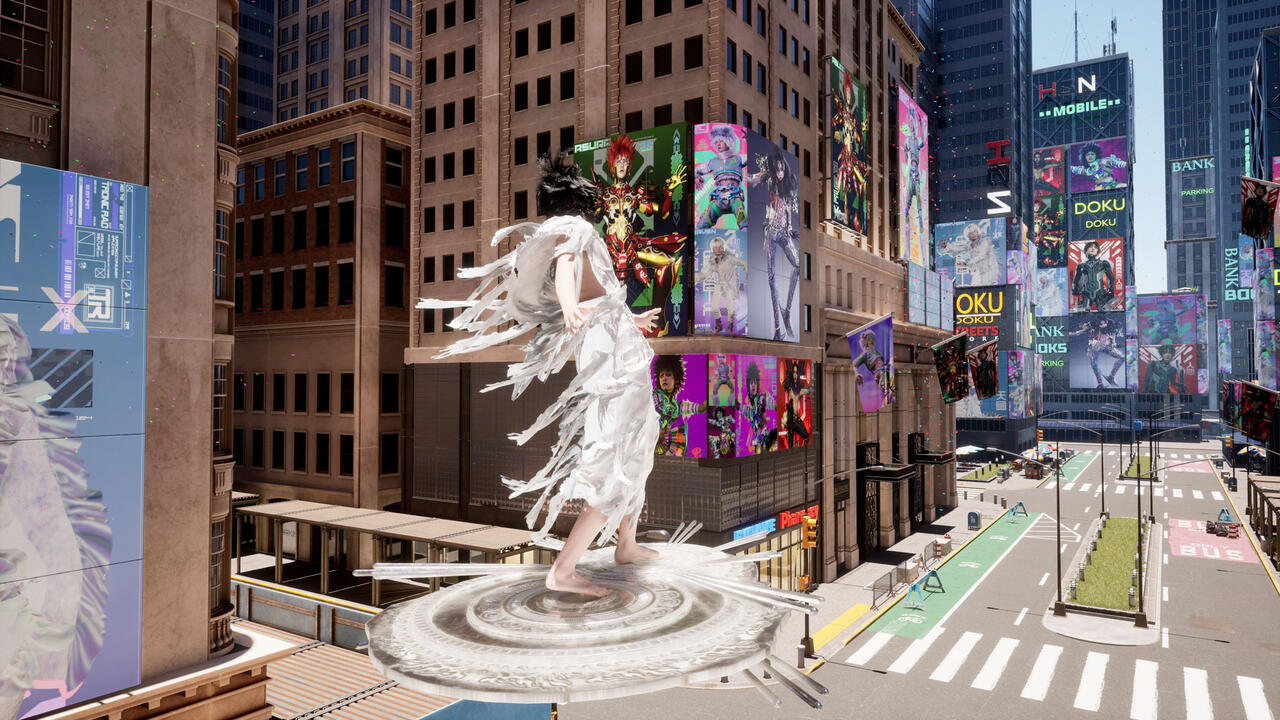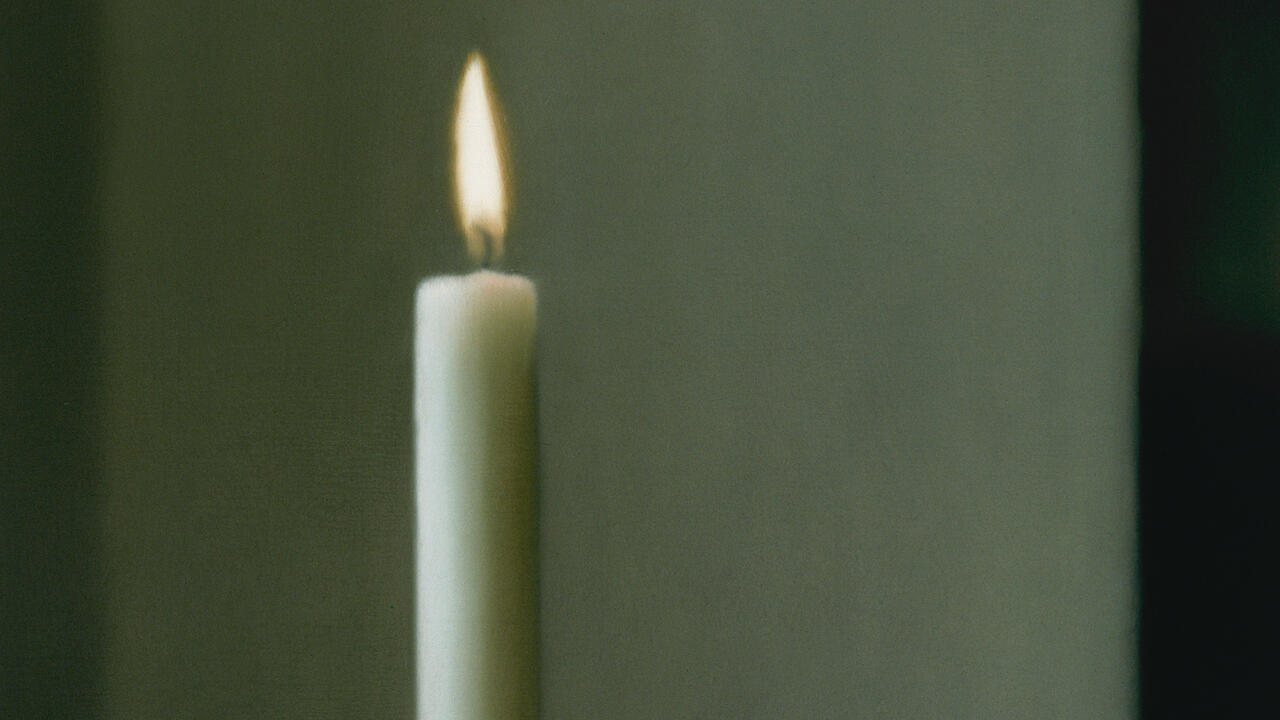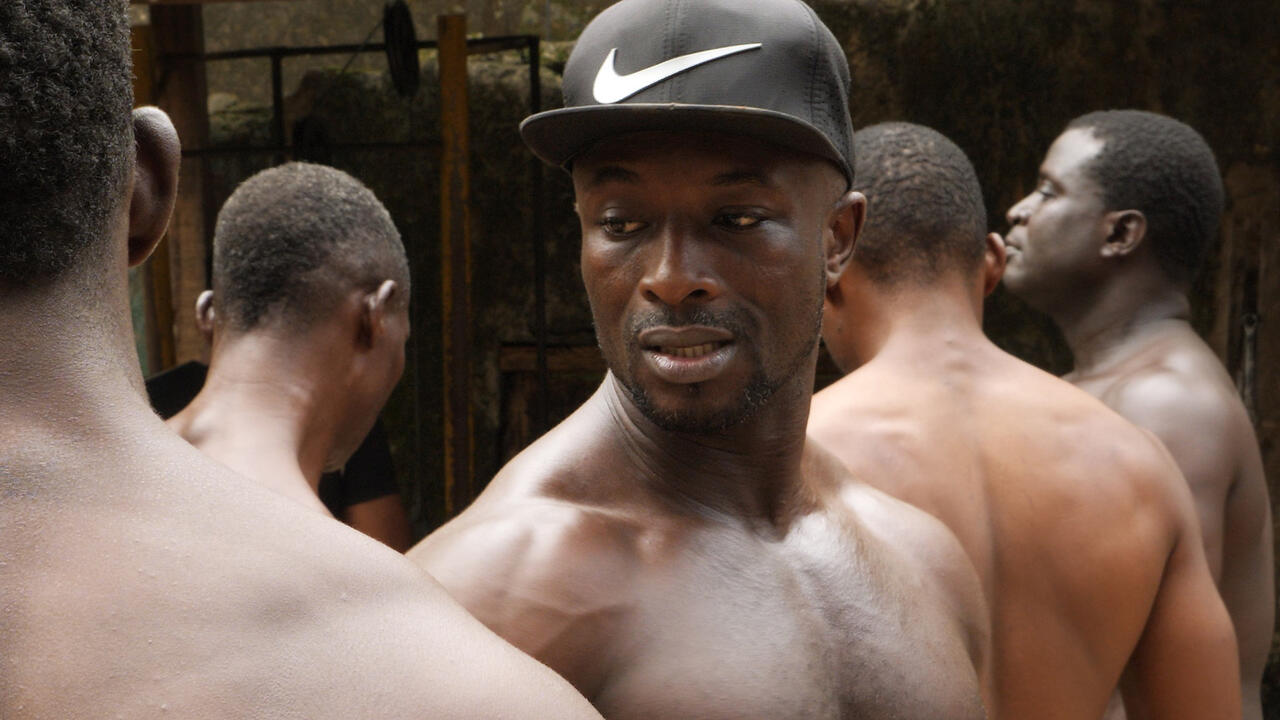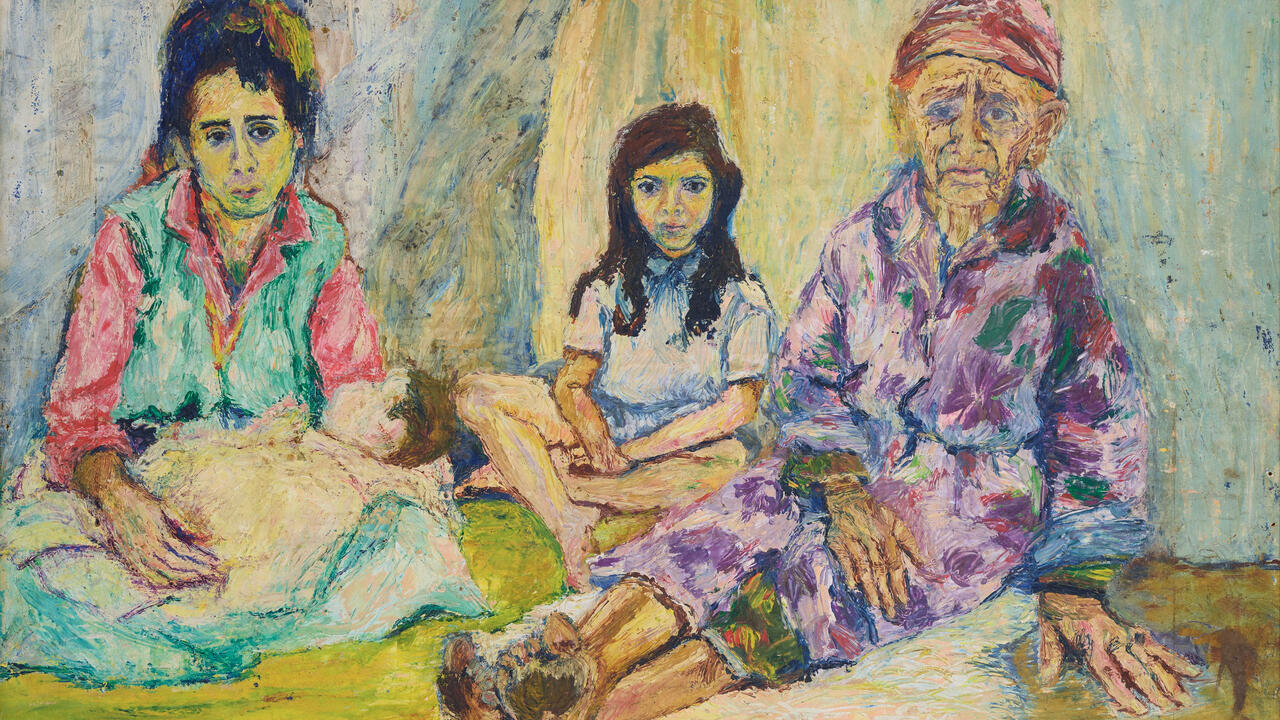What to See in Europe This April
From Bettina Pousttchi’s fluid documentation of urban space to Zhanna Kadyrova’s installations devised to help the war effort in Ukraine
From Bettina Pousttchi’s fluid documentation of urban space to Zhanna Kadyrova’s installations devised to help the war effort in Ukraine

Bettina Pousttchi | Haus Konstruktiv, Zurich | 8 February – 5 May

‘Progressions’, Bettina Pousttchi’s current survey at Zurich’s Haus Konstruktiv, is a striking illustration of the idea that urban space is not only the physical environment of a city – from pedestrian and surveillance structures to actual buildings – but also a projection, subject to both time-bound ideologies driving urban policy and to city dwellers’ subjective memories. Spread across three floors, the exhibition highlights the fluidity with which Pousttchi moves between industrial-scale readymades, urban architecture and photography. Yet, while the artist’s methods and materials may vary, seriality and indexical relationship to the real are recurrent motifs. – Ela Bittencourt
Arthur Simms| Kunstmuseum St. Gallen, Switzerland | 10 February – 7 July

For Édouard Glissant, the Martinican philosopher and poet, the archipelago wasn’t merely a unique geographical formation but a metaphor for understanding identity, culture and human relationships. This perspective comes alive in the works of New York-based Jamaican artist Arthur Simms, whose creations are currently on view at Kunstmuseum St. Gallen in Switzerland. The exhibition, titled ‘Chair with my Hair’, echoes Glissant’s vision of the Caribbean archipelago, highlighting the intricate dance between roots – our connection to cultural heritage and history – and routes: the paths of movement, exploration and cultural exchange. – Wilson Tarbox
Jef Geys | WIELS, Brussels | 2 February – 19 May

‘You Don’t See What You Think You See’ – the dictum by late Belgian artist Jef Geys that serves as the title of this brimming, mind-bending retrospective – refutes the more famous statement, made by his American near-contemporary Frank Stella during a 1966 Q&A with Donald Judd: ‘What you see is what you see.’ In his more minimal work, Geys is similarly beholden to the legacy of modernist abstraction. (Piet Mondrian was a notable touchstone.) However, unlike Stella, the Belgian artist also revelled in the play of illusion and appearance, the babble of linguistic difference and the construction of abstruse systems. Few artists took more to heart the Socratic injunction against the unexamined life. His goal was not psychological insight or emotional revelation but the relentless tracking and indexing of his passage through life in all its disparate particularities. ‘My artistic activities’, he is quoted in the exhibition material as saying, ‘cannot be separated from my biography (or better: the chronology of my life).’ The self-correction here is telling. It seems that no aspect of the world around him was too trivial to merit his offbeat investigations. These ranged from experiments in radical pedagogy in the school where he spent 25 years teaching visual arts to chronicling a friend’s son’s budding career as a racing cyclist. – Caoimhín Mac Giolla Léith
‘Echoes of the Brother Countries’ | Haus der Kulturen der Welt, Berlin | 29 February – 19 May

In recent years, the former German Democratic Republic (DDR) has been the subject of a reappraisal that, while not seeking to redeem the stiflingly authoritarian state, has attempted to present a more nuanced overview of its social and cultural realities. Such is the case with ‘Echoes of the Brother Countries’, which explores relationships between the DDR and socialist states in the Global South; the experiences of students, contract workers and political refugees who came to East Germany from across the globe and the significance of these connections for present-day Germany. Encounters between the DDR and the brother countries were characterized at different moments by solidarity, paternalism, self-interest, admiration, racism and anti-imperialism: this complexity is conveyed throughout the show in a range of media. – Harry Stopes
Zhanna Kadyrova | Galerie Rudolfinum, Prague | 29 February – 30 June

What is art’s role in a country that finds itself at war? It’s a question that Ukrainian artist Zhanna Kadyrova was forced to ask herself on 24 February 2022, after she was woken by bombs falling on her hometown of Kyiv. Relocating to Berezovo, a village in the Carpathian Mountains, she came across stones in the local river that resembled loaves and had the idea of cutting them into slices and offering them for sale to aid the war effort. The result was Palianytsia (Bread, 2022), an installation she has since presented at various locations, not only to raise global awareness of the war in Ukraine, but also to generate funds to support artists and musicians fighting on the front. The work is intended as a counter-gesture to Russian aggression – referring to the old Ukrainian tradition of welcoming guests with bread – and a provocation: since native Russian speakers can only say palianytsia with an accent, the word serves to identify potential Russian infiltrators. – Noemi Smolik
Main image: Zhanna Kadyrova, ‘Unexpected’, 2024, installation view. Courtesy: the artist and Galerie Rudolfinum, Prague




















